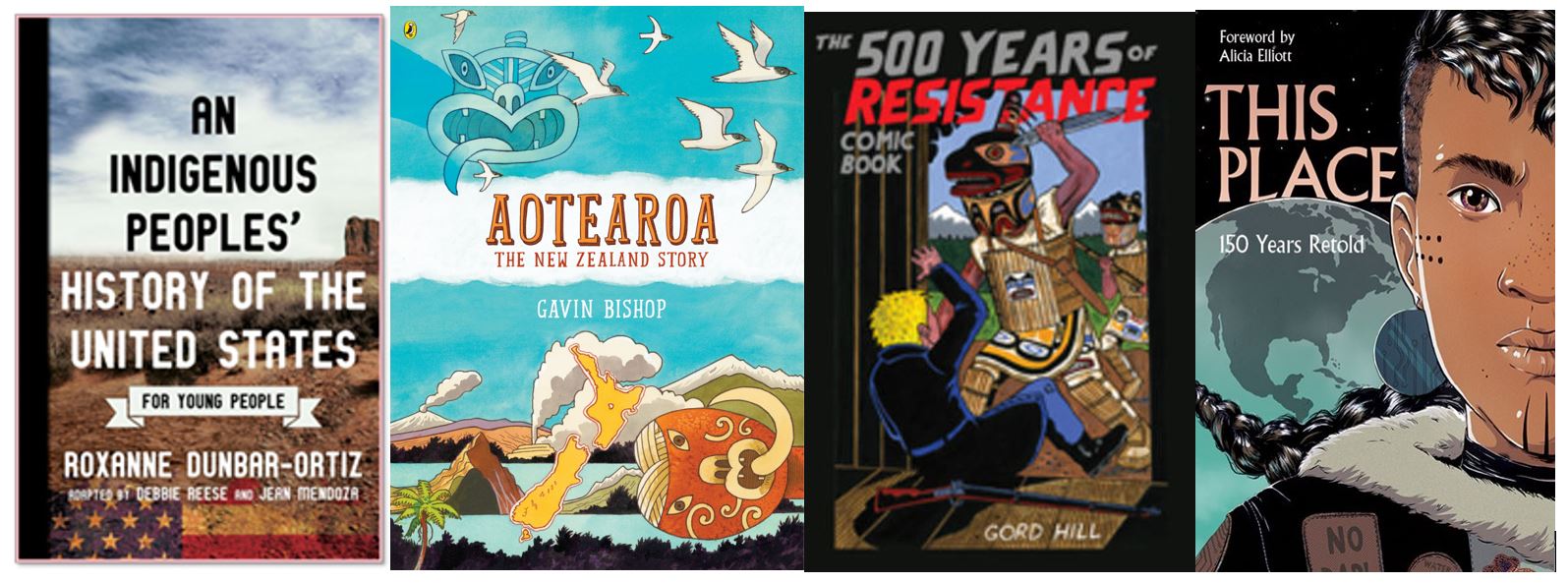Celeste Trimble, St. Martin’s University, Lacey, WA
In Redrawing the Historical Past: History, Memory, and Multiethnic Graphic Novels, editors Martha Cutter and Cathy Schlund-Vials remind readers of a speech that Toni Morrison gave at Portland State University in 1975 where she said, “No one can blame the conqueror for writing history the way he sees it, and certainly not for digesting human events and discovering their patterns according to his own point of view. But it must be admitted that conventional history supports and complements a very grave and almost pristine ignorance.” This year, after teaching a few sections of a course which, in part, is an overview of Indigenous histories of the Pacific Northwest, I have realized that this ‘pristine ignorance’ is sometimes because of a lack of information, and sometimes because of a strong and willful desire to maintain the settler colonial histories learned as children and throughout life. In my work as a teacher educator, I need to assist non–Indigenous adults in learning history through an Indigenous lens before they are able to bring these important histories to their own students. Children’s literature can be such a valuable resource for relearning histories, even for adults.


